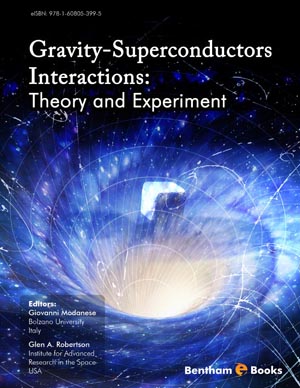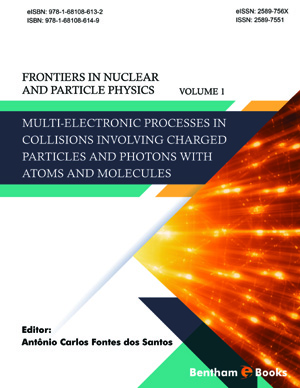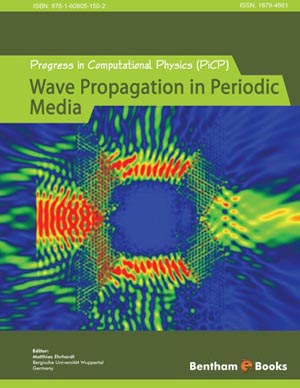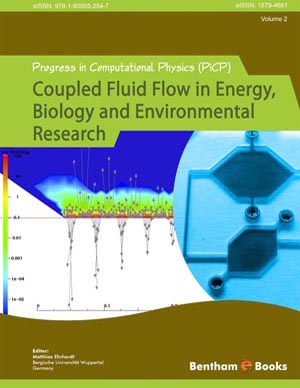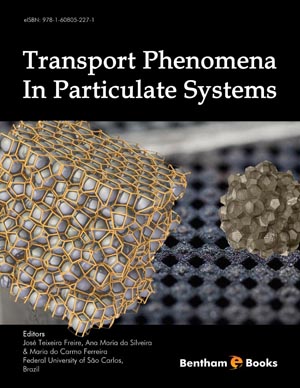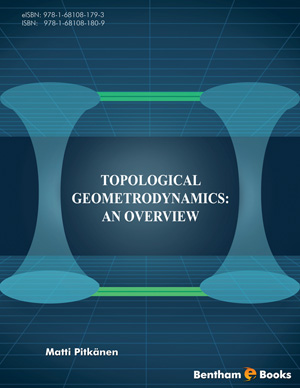Abstract
It can be proven, using the Feynman path integral, that the vacuum state of Quantum Gravity contains localized fluctuations with large mass. Their interaction gives rise to a complex pattern of excited states. In particular, couples of equal virtual masses can be in a symmetrical superposition Ψ (ground state) or in an anti-symmetrical superposition Ψ-. Transitions Ψ+ can be efficiently “pumped” only by a time-variable vacuum-energy-like term Λ(t) associated with coherent matter. The decay Ψ- → Ψ+ generates off-shell virtual spin 1 gravitons, which can also produce a cascade of stimulated emission, ending with absorption in a target. We compute to leading order the Einstein A and B coefficients of the transition and give magnitude order estimates for the amplification factor in YBCO crystals or melt-textured samples pumped by bulk supercurrents at frequency ≈10 MHz.
Keywords: Gravitational forces, theories of gravitation, superconductors, high-Tc superconductors, type-II superconductors, general relativity, path integrals, quantum gravity, ground state of quantum gravity, vacuum energy density, vacuum fluctuations, gravitomagnetism, einstein A and B coefficients.


